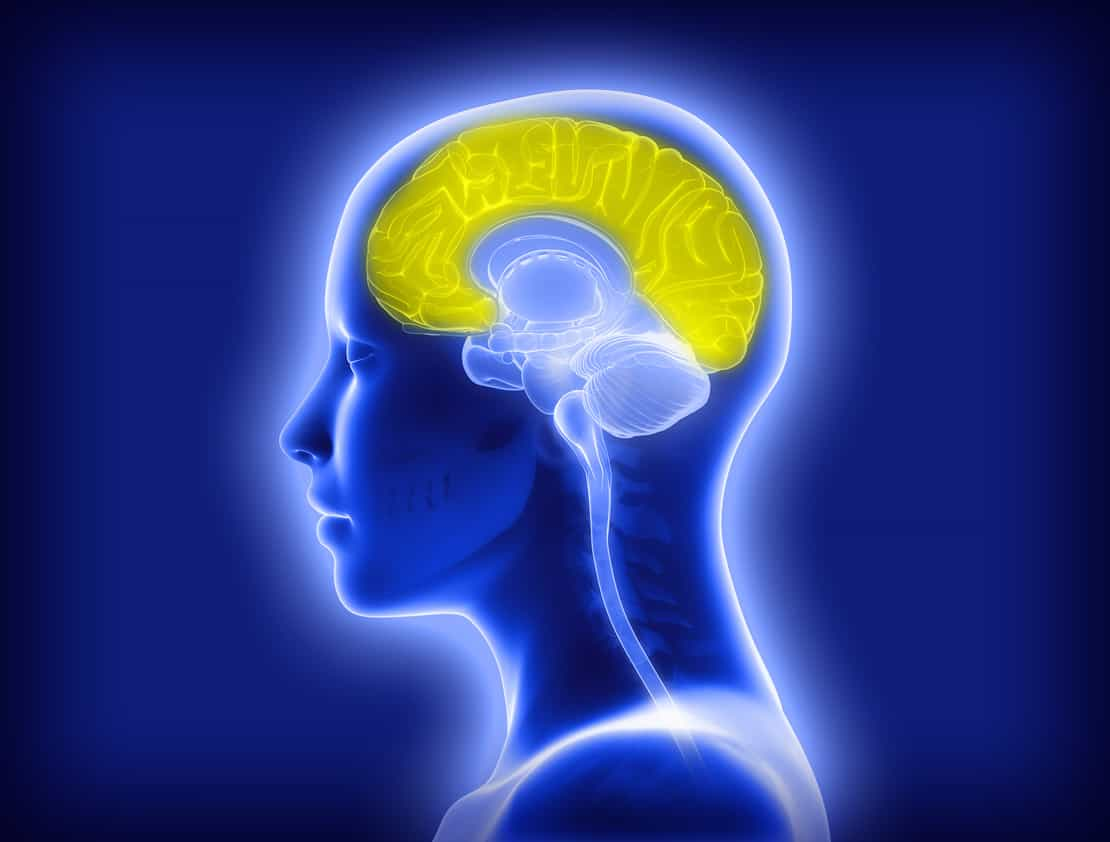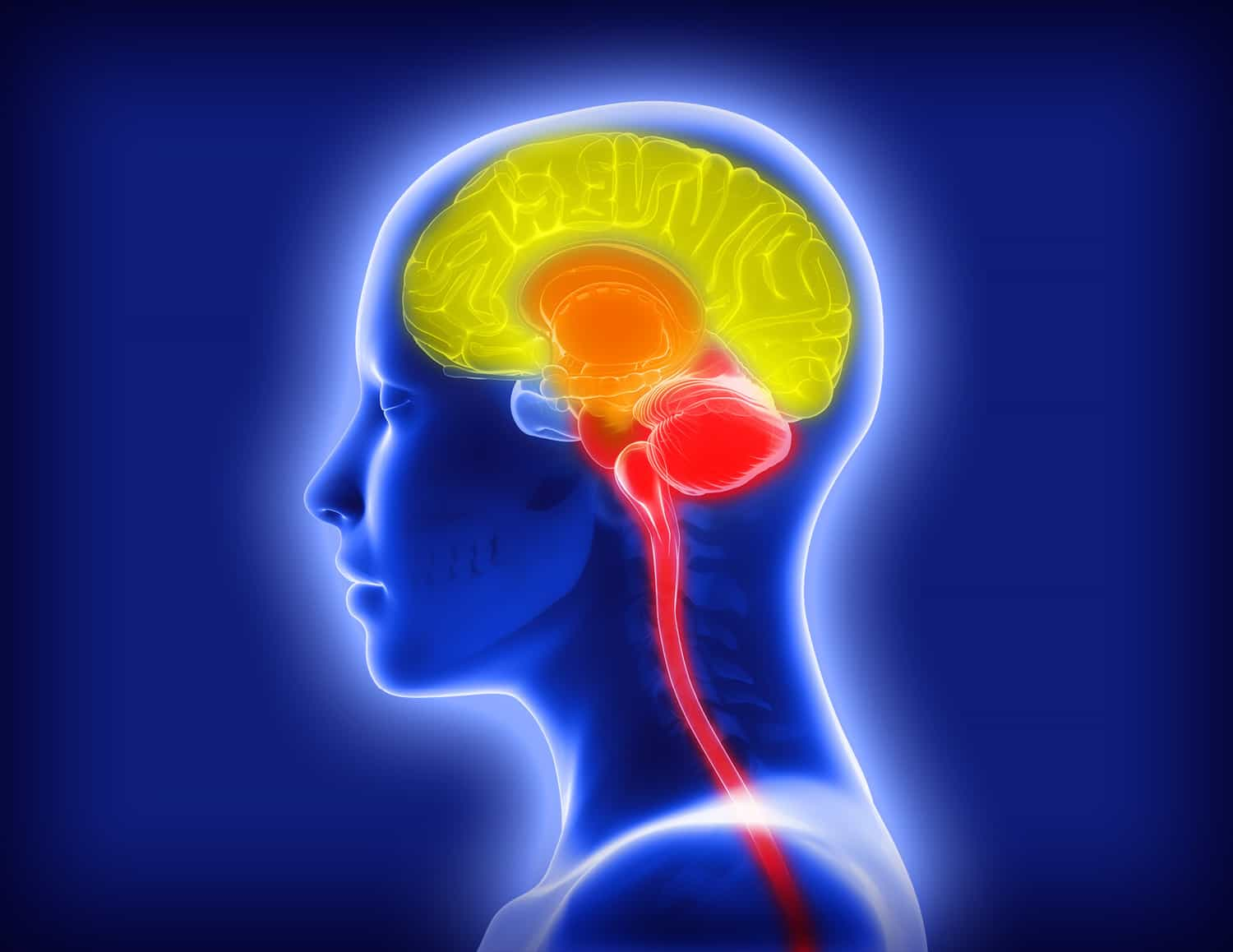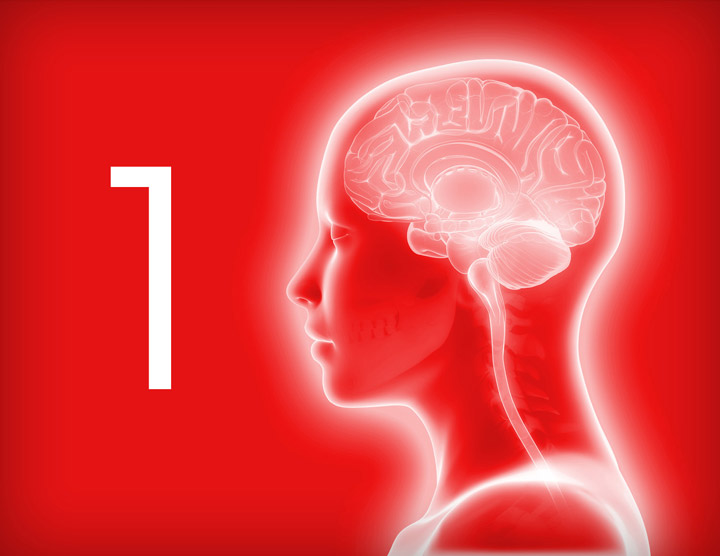Introduction
We know much less about the human brain than we do about other organs and systems of the body, despite the fact that this organ controls or affects almost every aspect of our human lives. Research is surging forward, however, and there is a growing wealth of knowledge and insight that people interested in understanding human behaviour, personal development, and growth can now draw from.
The language of personal development focuses on settinggoals, finding insights and connections, and seeking breakthroughs. This part of the ‘Neuroscience and the Enneagram’ series will demonstrate the strong parallels between these phrases and our growing understanding of the brain’s functioning.
Progress so far
Over the last three decades, our ability to move from theorising about the brain to executing highly sophisticated brain mapping and research has afforded neuroscientists a reasonably clear picture of the complex and interrelated functions of our brain and how these different elements connect and interact.
Neuroimaging techniques allow neuroscientists to map and measure living, healthy brains while they are awake and performing tasks. This has allowed researchers to study and make sense of the brain networks that drive humans’ smell, sight, hunger, temperature, pain, goal setting, prediction and forecasting abilities, and hundreds of other functions.
These advances have also led to shifts in our understanding of the brain. One of the most noteworthy developments in the domain is the realisation that specific functions cannot reliably be attributed to one specific part or area of the brain. Rather, the brain is a holistic organism with many interconnected and parallel processes, that, as a whole, lead to our functioning successfully in the world.
Where early neuroscience findings emphasised three regions or parts of the brain, with functions closely limited to specific parts, new neuroimaging data suggest that these functions are more widely distributed across the brain than previously thought, implying that multiple brain regions are involved and connected in executing these functions. A helpful analogy is to think of the brain as an organisation or company – overall, it has the same purpose (for the brain, to survive and thrive in the world), but it is split up into different divisions that handle certain important processes.
It is with this in mind that we offer a simple guide to the three distinct functions of the brain, exploring how these insights inform our behaviour and thus the mechanics at play when engaging in a personal development journey or working with our clients.
Three brain functions
Neuroscience emphasises three different brain functions – our basic survival, emotional, and executive functions. The hierarchical needs of our brain (to survive, to be loved, to learn) dictate the order and energy with which each region is utilised - because our brains evolved with one critical objective – survival – the most basic survival functions are prioritised.
The reptilian brain
|
|
Manages our basic survival by ensuring the proper functioning of essential bodily functions (breathing, sleeping, body temperature, heart rate, etc.). This brain function is concerned with the question “How do I survive?”. This is the function that moves or responds physically to messages from other brain functions, alerting it to perceived threats. This function is responsible for the instinctive reflexes and immediate responses that keep our physical body safe. |
The ‘reptilian’ or ‘primal’ brain is the oldest in evolution and thus performs much as it did for our early ancestors. Its primary function is to manage our basic survival by keeping essential bodily functions (such as regulating heart rate, controlling reflexes, breathing, body temperature, and balance) running smoothly. This function is believed to be rooted in the brain region near the base of the skull where it is well protected from the outside world. Because of its ancient origins, it is programmed to help us survive and houses basic primal drives such as self-preservation, preservation of family, and reproduction.
This is the function, for example, that makes our hands instinctively pull the steering wheel to swerve out of the way if a truck crosses into our lane on a busy highway. It activates without us having to think about it, making it very useful in danger or crisis; this rapid response protects our lives far more quickly than a rational response, which would require time to activate our reasoning capabilities and consciously decide to turn the wheel to avoid a collision.
The limbic system
|
Responsible for subconscious emotional interpretation, interpersonal relating and reaction, and memory. This brain function is concerned with the questions “Am I loved? Am I safe here?”. It focuses on making sense of our sensory experiences and interpreting our world on an emotional level. When a person feels threatened, socially or physically, their brain produces a fight, flight or freeze response, which stimulates the limbic system to focus on the threat and release neurochemicals like cortisol and adrenaline. |
The limbic system, or ‘mammalian brain’, is a more complex set of structures in the border region of the brain, separating the brain stem from the newer cerebral areas of the brain. The primary responsibility of the limbic system is emotional interpretation and chemical regulation. The limbic system records memories of behaviours that produced pleasant and unpleasant experiences and associates these memories with emotions, explaining its relevance for relationship building, social and nurturing behaviours, and mutual reciprocity.
The limbic system focuses on the highly interconnected realms of sensory processing, emotion, and memory. Notably, the olfactory bulbs – the neural structure responsible for our sense of smell – feed directly into the amygdala. Consequently, our sense of smell has a particularly important role in our emotional memory and our evaluation of circumstances. This is evidenced by the fact that we can ‘smell’ or sense danger far faster than the logical, reasoning brain can detect it, or that we may recall the emotions of a past love when we catch a whiff of the perfume they used to wear.
Neuroscientists also note that we tend to remember things more if they are connected to strong emotions, and we remember things that are connected to negative feelings far more than we do positive feelings. This, they explain, is because of the brain's ‘negativity bias’ – which means that our brains have a higher sensitivity to unpleasant stimulation. This bias is so deeply entrenched and automatic that neuroscientists have been able to detect it at the earliest stage of the brain's information processing.
The new brain (Neocortex)
|
|
This function is representative of the ‘thinking brain’ and includes processes such as rationalisation, language, and logical reasoning. Responsible for our ability to analyse, reason, think, speak, and perceive, this function of the brain is concerned with the question “What can I learn?”. In addition to being vital to thinking, this region of the brain contributes to functions such as planning, modelling, simulation, and a sense of humour. The neocortex is essential to our ability to reflect on and analyse the past and look into the future to set visions and goals. |
The neocortex or ‘new brain’ comprises the two hemispheres of the cerebrum and is the most advanced or ‘modern’ brain in evolutionary terms. This region of the brain makes up 85% of the brain’s weight and oversees our ability to think, speak, and perceive. It is generally the image that one conjures up when one thinks of the ‘grey matter’ and is considered the logical brain where reasoning and analysis occur.
Neuroscientists have determined that there are ten times more signals moving from the limbic system to the neocortex than the other way around. Thinking and processing, the work performed by the neocortex, is fundamentally the lowest priority on the brain’s list of crucial survival functions and thus the last out of the gate when it comes to kicking into gear.
The Three Layers of the Brain: Focus, Time, and Activation
|
||||
Structure |
Focus |
Time |
Pace of activation* |
|
New brain |
Executive state |
Past, present and future |
Slow, if at all |
|
Limbic system |
Emotional state |
Past and present |
Immediate |
|
Reptilian brain |
Survival state |
Present |
Immediate |
|
| *This refers to how quickly this layer of the brain ‘kicks in’ when something is flagged as a threat or danger | ||||
When the reptilian brain detects danger, the response by the limbic system is immediate, but it takes a few fractions of a second for the neocortex to receive the information and correct and adjust the appropriate movement in deciding what to do next. Those fractions of a second could prove fatal (as in the example of swerving on the highway to avoid a collision with a truck). If the information processed by the neocortex reveals that there is nothing to worry about after all, we will experience having had merely a scare.
Think of the example of walking down stairs and slipping on a loose piece of carpet. Your reptilian brain kicks in, recognising and flagging this as dangerous. Your limbic system, activated by the reptilian brain, makes you respond immediately by grabbing for the handrail, preventing you from falling down the stairs. It is only then that the neocortex engages and might consider the possibility of fixing the loose carpet so that further accidents can be avoided. What this example shows clearly is that the neocortex (logic, future, reason) doesn’t even get an opportunity to engage until after the danger has passed.
As such, our decision-making and behaviour are grounded much deeper in the brain than our logical, reasoning neocortex. We can only begin to access the real power of our analytical thinking when we develop an understanding that what moves us is emotions, not thoughts. When we can dismantle our seemingly unshakable belief in our logic and recognise that our responses are driven mainly by the old and hidden patterns deep inside the reptilian brain and limbic system, we can start afresh with a better way of engaging in growth and development.
What does this mean for coaches?
Neuroscience offers us many valuable insights into the functions of the human brain. By understanding these three functions, we gain insight into why people react the way they do, and how to best guide them in their personal journey through Enneagram coaching. Drawing this understanding into our personal development journeys (or those of our clients) is a constructive approach, providing insight and avenues for intervention that otherwise would not be available to us.
Neuroscientists propose that it is neurologically impossible to free ourselves from the more basic instincts driven by the brain stem. Such an effort would be counterproductive and potentially dangerous, as our intuition and gut instincts provide us with necessary, deeply entrenched intelligence that we need to survive, thereby freeing up our conscious mind to focus on other matters. Ultimately, accepting and embracing the more autonomic and emotional functions of our brain as an advantage can drastically improve our self-understanding and thus our ability for growth and development.
In recognising how meaningful our feelings are, and just how powerful they are in driving our decisions, responses and behaviour, we are more likely to embrace them in our personal development journeys. We do, of course, need to be cognisant of the emotions that are likely to be brought to the surface as we engage in the journey – and make room for these emotions to be explored and processed (without judgement).
Our goal, then, in our personal development journeys or in guiding others through their journeys, is to ensure our reptilian brain’s autonomic responses work in our favour, our limbic system drives meaningful feelings, and our neocortex engages to enable smarter thinking. Some of the ways that we can work to set ourselves (or others) on a compelling journey of self-development and growth, include:
Supporting our reptilian brain’s autonomic responses to work to our favour |
|
Supporting our limbic system to drive meaningful feelings |
|
Supporting our neocortex to engage in smarter thinking |
|
Summing up
As our understanding of the basics of the brain grows, and we start to see how the different functions of the brain inform our behaviour, we position ourselves more effectively to better balance the use of the different regions of our brain, intentionally taking back control over how we change and grow.
REFERENCES
-
Amrisha Vaish, Tobias Grossmann, and Amanda Woodward (2008). “Not all emotions are created equal: The negativity bias in social-emotional development”. Psychological Bulletin, May 2008: 134(3): 383-403.

 What is the Enneagram?
What is the Enneagram?
 Introduction to the 27 Subtypes
Introduction to the 27 Subtypes
 Introduction to the 3 Centers
Introduction to the 3 Centers
 Wings
Wings
 Lines and Integration
Lines and Integration
 Enneagram History & Origin
Enneagram History & Origin
 Enneagram for Myself
Enneagram for Myself
 Enneagram for Practitioners
Enneagram for Practitioners
 Enneagram for Business
Enneagram for Business
 iEQ9 Individual Reports
iEQ9 Individual Reports
 iEQ9 Team Reports
iEQ9 Team Reports
 iEQ9 Questionnaire
iEQ9 Questionnaire
 Training Events
Training Events
 Level 1 iEQ9 Accreditation
Level 1 iEQ9 Accreditation
 Level 2 Enneagram Team Dynamics
Level 2 Enneagram Team Dynamics
 International Enneagram Conference
International Enneagram Conference
 iEQ9 Community of Practice Events
iEQ9 Community of Practice Events
 About Integrative9
About Integrative9
 Meet the Faculty
Meet the Faculty
 Testimonials
Testimonials
 Contact Us
Contact Us
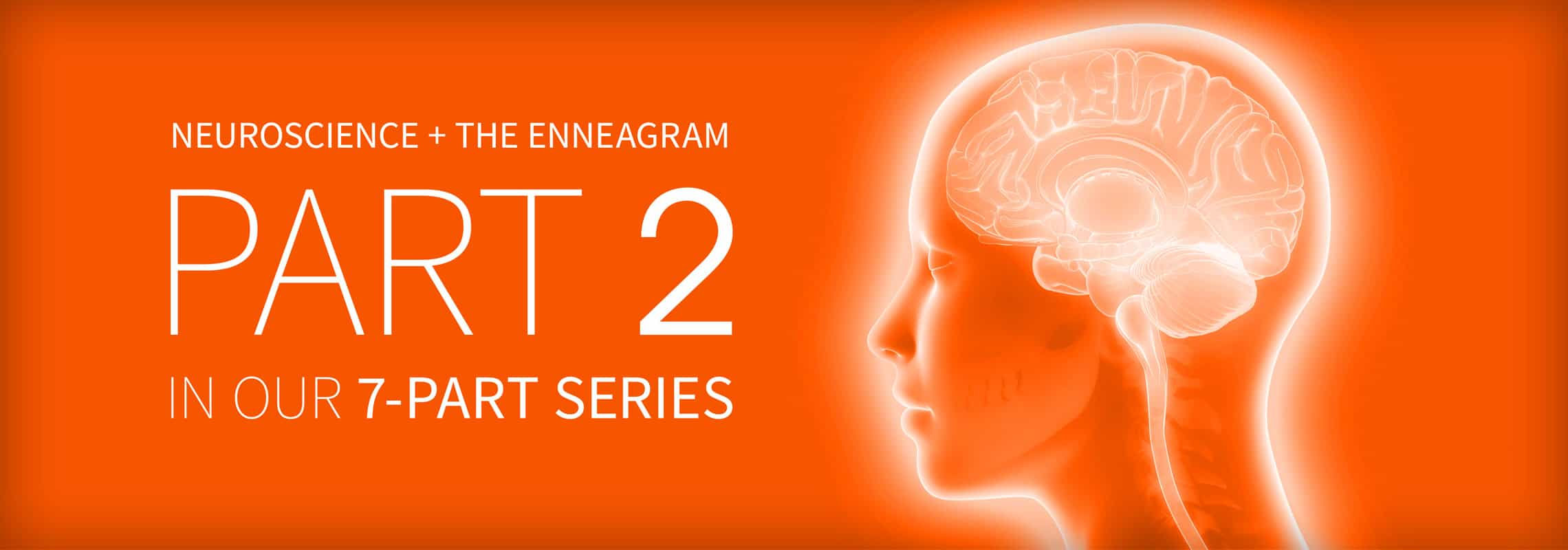
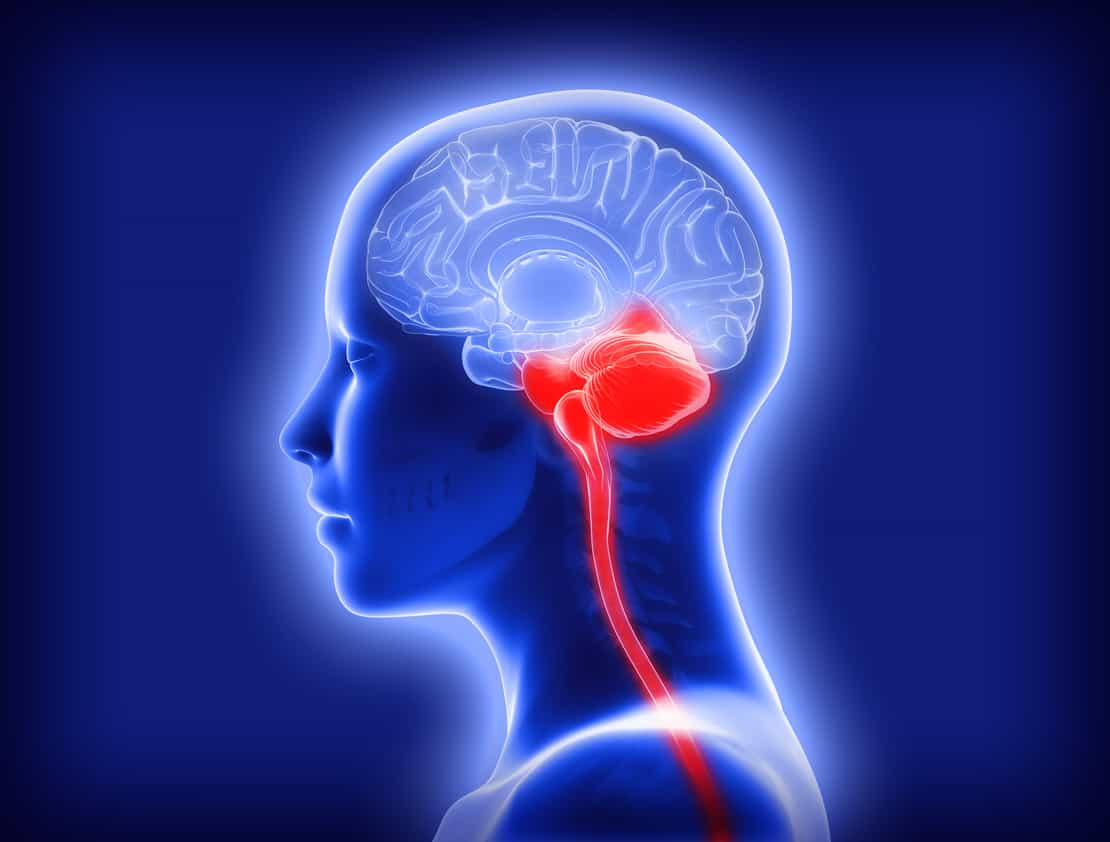 BRAIN STEM (REPTILIAN BRAIN)
BRAIN STEM (REPTILIAN BRAIN)
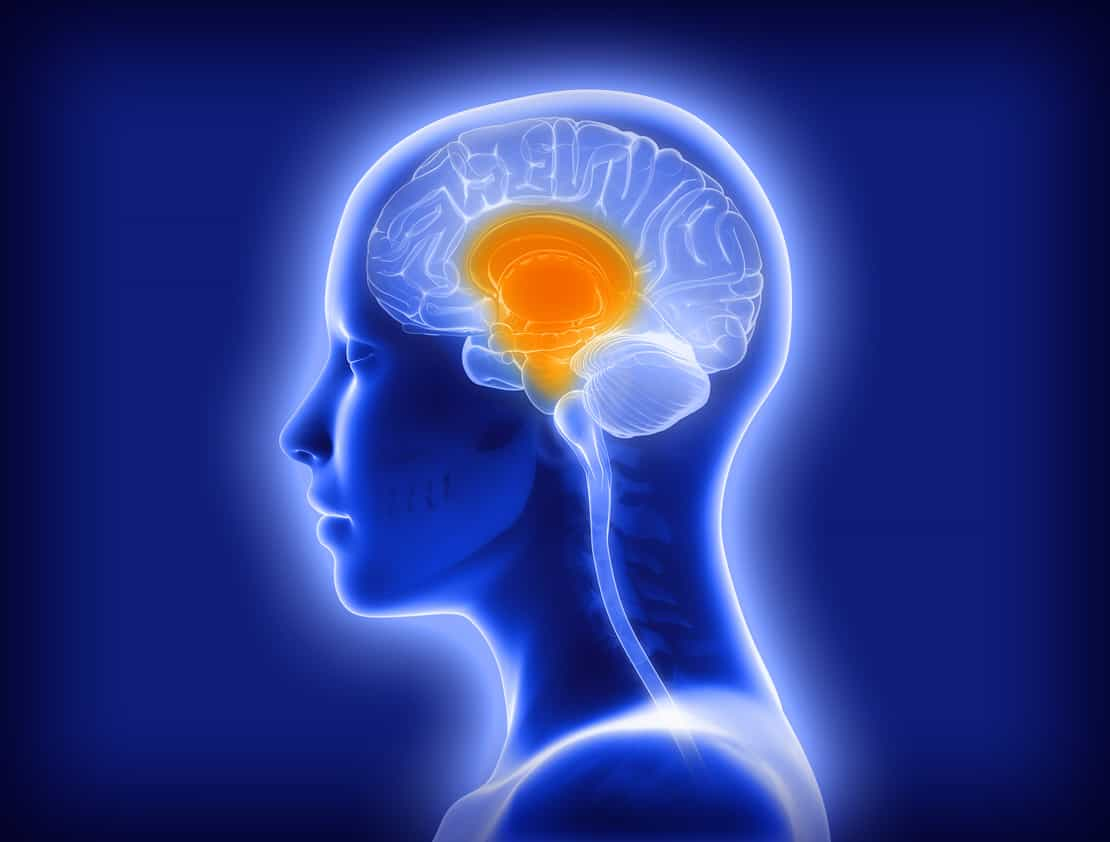 LIMBIC SYSTEM (MAMMALIAN BRAIN)
LIMBIC SYSTEM (MAMMALIAN BRAIN)